We put the Xiaomi 14 Ultra through our rigorous DXOMARK Camera test suite to measure its performance in photo, video, and zoom quality from an end-user perspective. This article breaks down how the device fared in a variety of tests and several common use cases and is intended to highlight the most important results of our testing with an extract of the captured data.
Overview
Key camera specifications:
- Primary: 50MP 1″ sensor, 24mm equivalent, f/1.6-4.0 automatic variable aperture lens, PDAF, OIS
- Ultra-wide: 50MP 1/2.51″ sensor, 12mm equivalent, f/1.8-aperture lens, PDAF
- Tele1: 50MP 1/2.51″ sensor, 75mm equivalent (3.2x) lens
- Tele2: 50MP 1/2.51″ sensor, 120mm equivalent (5x) lens
Scoring
Sub-scores and attributes included in the calculations of the global score.
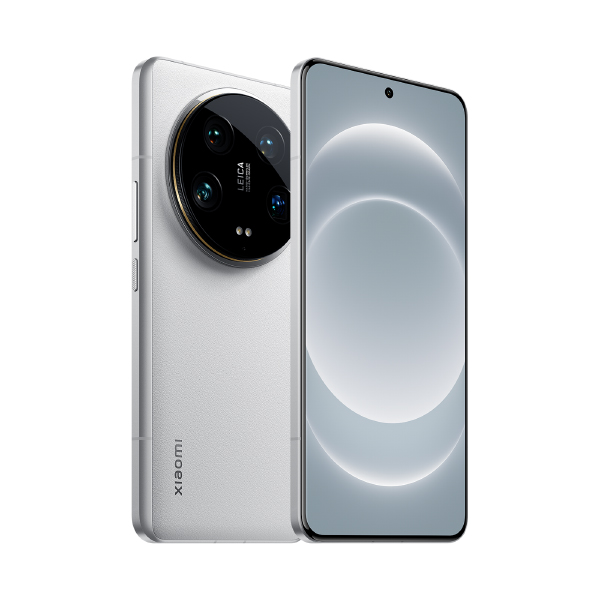
Xiaomi 14 Ultra


Use cases & Conditions
Use case scores indicate the product performance in specific situations. They are not included in the overall score calculations.
Outdoor
Photos & videos shot in bright light conditions (≥1000 lux)
Indoor
Photos & videos shot in good lighting conditions (≥100lux)
Lowlight
Photos & videos shot in low lighting conditions (<100 lux)
Friends & Family
Portrait and group photo & videos
Pros
- Good highlight retention, even in difficult backlit scenes
- Almost noise-free images across all light conditions, including low light
- Good detail when zooming
- Accurate autofocus
- Good exposure and fairly wide dynamic range
- Accurate white balance and nice colors in most conditions
- Effective stabilization in static video and when walking while recording
Cons
- Often noticeable shutter lag
- Limited depth of field results in some out-of-focus subjects in group portraits
- Occasional color inaccuracies, especially in low light
- Slightly soft textures across all test conditions
- Local noise in some indoor and low light conditions
- Occasionally slow focus transitions in video
- Sharpness differences between video frames
The Xiaomi Ultra 14 delivered a good performance in the DXOMARK Camera tests, making it the best Xiaomi phone tested to date. However, it did not make it among the very best in our ranking. With a total of four 50MP image sensors, variable aperture, photo, and video HDR modes, as well as a host of other features and modes, the 14 Ultra offers some of the most impressive camera specs in the business. In terms of hardware, not much has changed from the 13 Ultra, though, meaning that most of the improvements over the predecessor are down to refined tuning and software optimization.
In our tests, overall photo quality was excellent, with a wide dynamic range, low noise and nice colors. However, the Xiaomi lagged behind the competition in some areas. It did not offer a zero shutter lag and the levels of captured detail were lower than on the best devices in our ranking. The 14 Ultra achieved the best results for tele zoom to date and was particularly impressive at close and medium range tele settings. However, at the opposite end of the zoom spectrum, ultra-wide results lagged behind other flagships in some test categories.
Video performance was excellent, thanks to good exposure and a wide dynamic range, nice colors and low noise. Video stabilization did a good job at keeping video footage smooth and stable. However, our testers also noticed local noise in some indoor and low light scenes, slow focus transitions and sharpness differences between video frames.
Please note that the Xiaomi 14 Ultra sample photos and videos were captured and analyzed in HDR mode, as the Xiaomi HDR mode is compatible with Google’s. The Huawei and Apple examples used in this article were captured and analyzed in their respective HDR formats, but their images might not be displayed as HDR on other devices and web browsers due to the makers’ proprietary HDR formats.
Test summary
About DXOMARK Camera tests: DXOMARK’s Camera evaluations take place in laboratories and in real-world situations using a wide variety of subjects. The scores rely on objective tests for which the results are calculated directly by measurement software on our laboratory setups, and on perceptual tests in which a sophisticated set of metrics allow a panel of image experts to compare aspects of image quality that require human judgment. Testing a smartphone involves a team of engineers and technicians for about a week. Photo, Zoom, and Video quality are scored separately and then combined into an Overall score for comparison among the cameras in different devices. For more information about the DXOMARK Camera protocol, click here. More details on smartphone camera scores are available here. The following section gathers key elements of DXOMARK’s exhaustive tests and analyses. Full performance evaluations are available upon request. Please contact us on how to receive a full report.
Photo
Xiaomi 14 Ultra
169
For scoring and analysis, DXOMARK engineers capture and evaluate more than 2,600 test images both in controlled lab environments and in outdoor, indoor and low-light natural scenes, using the camera’s default settings. The photo protocol is designed to take into account the main use cases and is based on typical shooting scenarios, such as portraits, family, and landscape photography. The evaluation is performed by visually inspecting images against a reference of natural scenes, and by running objective measurements on images of charts captured in the lab under different lighting conditions from 1 to 1,000+ lux and color temperatures from 2,300K to 6,500K.
The Xiaomi 14 Ultra delivered very good results with its primary camera. Noise levels were very low across all light conditions, and a wide dynamic range ensured good highlight and shadow detail. Colors were nice, with accurate white balance and the autofocus system delivered good sharpness on subjects. However, unlike most direct rivals, the 14 Ultra did not offer a zero shutter lag, and the level of captured detail was lower than on the best-in-class devices. Our testers also observed some color casts in low light, contrast issues, and HDR artifacts.
Like on previous Xiaomi models, the 14 Ultra lets users choose between the Leica Vibrant and Leica Authentic modes in the camera app. For the purpose of this test, Vibrant mode was used, but results would be very similar with Authentic mode. Which mode you prefer is pretty much a matter of personal taste. It’s also worth mentioning that the 14 Ultra offers a Pro mode, allowing for manual selection of various exposure parameters. Pro mode was not tested, but the user interface looks intuitive and appears to be a good option for more seasoned photographers.

Exposure
Xiaomi 14 Ultra
130
Exposure is one of the key attributes for technically good pictures. The main attribute evaluated is the brightness of the main subject through various use cases such as landscape, portrait, or still life. Other factors evaluated are the contrast and the dynamic range, eg. the ability to render visible details in both bright and dark areas of the image. Repeatability is also important because it demonstrates the camera's ability to provide the same rendering when shooting several images of the same scene.
In our tests, the Xiaomi 14 Ultra auto exposure worked well, with good subject exposure in most conditions. A wide dynamic range ensured good detail in the highlight and shadow portions of the frame, but our testers also observed some contrast issues.
In very low light, the Xiaomi produced slightly darker exposures than some competitors. This resulted in more pronounced clipping in the shadow portions of the frame.

Color
Xiaomi 14 Ultra
130
Color is one of the key attributes for technically good pictures. The image quality attributes analyzed are skin-tone rendering, white balance, color shading, and repeatability. For color and skin tone rendering, we penalize unnatural colors but we respect a manufacturer's choice of color signature.
In Leica Vibrant mode, colors were bright and – as one would expect – vibrant. This worked especially well for landscapes with green tones and blue skies but could be less successful for skin-tone rendering.
White balance was generally neutral, but in warm low light, color casts could be observed. These casts could be stronger, with a different hue, than in the actual scene. In this kind of light condition, many competitors tended to produce a more natural white balance.

Autofocus
Xiaomi 14 Ultra
125
Autofocus tests concentrate on focus accuracy, focus repeatability, shooting time delay, and depth of field. Shooting delay is the difference between the time the user presses the capture button and the time the image is actually taken. It includes focusing speed and the capability of the device to capture images at the right time, what is called 'zero shutter lag' capability. Even if a shallow depth of field can be pleasant for a single-subject portrait or close-up shot, it can also be a problem in some specific conditions such as group portraits; Both situations are tested. Focus accuracy is also evaluated in all the real-life images taken, from infinity to close-up objects and in low light to outdoor conditions.
While the Xiaomi’s direct competitors all come with zero shutter lag, the 14 Ultra, like its predecessor, does not offer this feature in most test conditions. As a result, in our tests the image could be captured with a slight delay after pressing the shutter, increasing the risk of missing the decisive moment in moving scenes. In contrast, both Huawei’s and Apple’s current models take very little time to capture. This can be seen in the graph above, as well as in the sample shots below where the shutter is pressed as the model passes under the beam.
Like the latest Huawei ultra-premium devices, the Mate 60 Pro+ and Pura 70 Ultra, the Xiaomi 14 Ultra comes with a variable aperture. Like the Huawei variant, the Xiaomi system automatically adjusts to the light conditions, using a wider aperture in low light. However, it does not appear to adjust to scene content. Therefore, in group portraits, faces in the background could be out of focus in our tests.

Texture
Xiaomi 14 Ultra
125
Texture tests analyze the level of details and the texture of subjects in the images taken in the lab as well as in real-life scenarios. For natural shots, particular attention is paid to the level of details in the bright and dark areas of the image. Objective measurements are performed on chart images taken in various lighting conditions from 1 to 1000 lux and different kinds of dynamic range conditions. The charts used are the proprietary DXOMARK chart (DMC) and the Dead Leaves chart.
The Xiaomi 14 Ultra captured pretty decent detail that is good enough when viewing images on the device display or for typical social media use. However, under closer inspection, it is noticeable that the competition delivers higher levels of detail and better textures, especially when shooting indoors or in low light.

Noise
Xiaomi 14 Ultra
117
Noise tests analyze various attributes of noise such as intensity, chromaticity, grain, structure on real-life images as well as images of charts taken in the lab. For natural images, particular attention is paid to the noise on faces, landscapes, but also on dark areas and high dynamic range conditions. Noise on moving objects is also evaluated on natural images. Objective measurements are performed on images of charts taken in various conditions from 1 to 1000 lux and different kinds of dynamic range conditions. The chart used is the Dead Leaves chart and the standardized measurement such as Visual Noise derived from ISO 15739.

Artifacts
Xiaomi 14 Ultra
82
The artifacts evaluation looks at lens shading, chromatic aberrations, geometrical distortion, edges ringing, halos, ghosting, quantization, unexpected color hue shifts, among others type of possible unnatural effects on photos. The more severe and the more frequent the artifact, the higher the point deduction on the score. The main artifacts observed and corresponding point loss are listed below.
Our experts noticed several HDR-related artifacts, including halo effects, image fusion issues, and ghosting.
Bokeh
Xiaomi 14 Ultra
85
Bokeh is tested in one dedicated mode, usually portrait or aperture mode, and analyzed by visually inspecting all the images captured in the lab and in natural conditions. The goal is to reproduce portrait photography comparable to one taken with a DLSR and a wide aperture. The main image quality attributes paid attention to are depth estimation, artifacts, blur gradient, and the shape of the bokeh blur spotlights. Portrait image quality attributes (exposure, color, texture) are also taken into account.
The Xiaomi 14 Ultra camera app offers two different modes for bokeh simulation. For this test, we have used and scored the master portrait mode, but both modes delivered similar results in our protocol.
The Xiaomi’s master portrait mode worked well in our tests, with strong background blur and very good subject detail. However, it lagged slightly behind the competition in terms of subject isolation, with more segmentation artifacts and an overall less natural bokeh effect. Our testers also noticed a significantly reduced dynamic range in this mode, with frequent highlight and shadow clipping. In addition, color rendering was less vibrant, especially on faces.
Preview
Xiaomi 14 Ultra
93
Preview tests analyze the image quality of the camera app's preview of the image, with particular attention paid to the difference between the capture and the preview, especially regarding dynamic range and the application of the bokeh effect. Also evaluated is the smoothness of the exposure, color and focus adaptation when zooming from the minimal to the maximal zoom factor available. The preview frame rate is measured using the LED Universal Timer.
The Xiaomi 14 Ultra’s preview image on the display was often significantly different from the actual capture, making it difficult for the photographer to predict the final result.
Zoom
Xiaomi 14 Ultra
169
DXOMARK engineers capture and evaluate over 400 test images in controlled lab environments and in outdoor, indoor, and low-light natural scenes, using the camera’s default settings and pinch zoom at various zoom factors from ultra wide to very long-range zoom. The evaluation is performed by visually inspecting the images against a reference of natural scenes, and by running objective measurements of chart mages captured in the lab under different conditions from 20 to 1000 lux and color temperatures from 2300K to 6500K.
In our tests, the Xiaomi 14 Ultra did very well in the zoom category. Thanks to the powerful tele hardware (two dedicated tele cameras) and its performance, the device achieved the highest score to date in tele. Image results at close and medium tele range were particularly impressive. The ultra-wide camera captured good image quality as well, but lagged behind the best in class for some test attributes.

Wide
Xiaomi 14 Ultra
122
These tests analyze the performance of the ultra-wide camera at several focal lengths from 12 mm to 20 mm. All image quality attributes are evaluated, with particular attention paid to such artifacts as chromatic aberrations, lens softness, and distortion. Pictures below are an extract of tested scenes.
The Xiaomi 14 Ultra ultra-wide camera delivered an overall good performance but could not quite keep up with the best, such as the Honor Magic6 Pro or Huawei Mate 60 Pro+, especially in terms of detail from 16mm to 21mm equivalent focal length. Image noise was well under control but a lack of detail was noticeable.

Tele
Xiaomi 14 Ultra
128
All image quality attributes are evaluated at focal lengths from approximately 40 mm to 300 mm, with particular attention paid to texture and detail. The score is derived from a number of objective measurements in the lab and perceptual analysis of real-life images.
The Xiaomi 14 Ultra offers mobile photographers multiple options in the zoom category, but its strongest performance was in tele. The device provided an excellent tele zooming experience, with images that contained very little noise but a high level of details, especially at close and medium range.
Even at challenging long-range tele settings such as 170mm equivalent, the 14 Ultra produced crisp images containing an impressive amount of detail, while keeping noise very well under control.
The tele module also provided outstanding macro results for a smartphone thanks to its capability to focus on a subject at an extremely close range. While the macro did not achieve the 1:1 magnification of some competitors, small subjects were captured, filling the frame with lots of detail and lower noise levels than the competition.
Video
Xiaomi 14 Ultra
159
DXOMARK engineers capture and evaluate more than 2.5 hours of video in controlled lab environments and in natural low-light, indoor and outdoor scenes, using the camera’s default settings. The evaluation consists of visually inspecting natural videos taken in various conditions and running objective measurements on videos of charts recorded in the lab under different conditions from 1 to 1000+ lux and color temperatures from 2,300K to 6,500K.
In our tests, the Xiaomi 14 Ultra delivered an excellent video performance, with good exposure and a wide dynamic range, nice colors, low noise as well as effective stabilization. On the downside, our testers observed local noise in some indoor and low-light scenes, occasionally slow focus transitions, and sharpness differences between video frames.
The camera supports recording in 8K resolution at 30fps and 4K at 60fps, across all rear cameras. In addition, the 14 Ultra offers a specialized movie mode with adjustable frame rates and various cinematic options, expanding the creative flexibility of videographers. We tested the Xiaomi’s master cinema mode, which uses an HLG (Hybrid Log-Gamma)-based HDR format. Dolby Vision is also available in the settings, offering a different, brighter rendering. Overall performance is similar for both modes.

Exposure
Xiaomi 14 Ultra
116
Exposure tests evaluate the brightness of the main subject and the dynamic range, eg. the ability to render visible details in both bright and dark areas of the image. Stability and temporal adaption of the exposure are also analyzed.
The Xiaomi 14 Ultra delivered very good results for video exposure. Subject exposure was good and a wide dynamic range ensured good highlight and shadow detail, even when recording in low light or in scenes with backlighting. However, our testers occasionally noticed some slight exposure transition issues and instabilities under indoor conditions and in low light.

Color
Xiaomi 14 Ultra
120
Image-quality color analysis looks at color rendering, skin-tone rendering, white balance, color shading, stability of the white balance and its adaption when light is changing.
Video color was excellent when recording in bright daylight and under indoor conditions. A slight, but still acceptable, color cast could be noticeable in low light. Skin tones were nice and accurate in most test scenes.

Autofocus
Xiaomi 14 Ultra
120
Video focus worked reliably, with the focus locked on target at all times and no errors. Focus transitions were smooth and pleasant but sometimes could be too slow.

Texture
Xiaomi 14 Ultra
118
Texture tests analyze the level of details and texture of the real-life videos as well as the videos of charts recorded in the lab. Natural videos recordings are visually evaluated, with particular attention paid to the level of details in the bright and areas as well as in the dark. Objective measurements are performed of images of charts taken in various conditions from 1 to 1000 lux. The charts used are the DXOMARK chart (DMC) and Dead Leaves chart.
The level of captured texture was excellent under daylight conditions, but when recording in dimmer conditions detail became slightly soft, and our testers noticed a lack of fine detail.

Noise
Xiaomi 14 Ultra
120
Noise tests analyze various attributes of noise such as intensity, chromaticity, grain, structure, temporal aspects on real-life video recording as well as videos of charts taken in the lab. Natural videos are visually evaluated, with particular attention paid to the noise in the dark areas and high dynamic range conditions. Objective measurements are performed on the videos of charts recorded in various conditions from 1 to 1000 lux. The chart used is the DXOMARK visual noise chart.
Video noise levels were low across all test conditions, making for pleasant footage, even in low-light recordings. On some occasions, our testers noticed slight local shadow noise when shooting in low light.

Stabilization
Xiaomi 14 Ultra
119
Stabilization evaluation tests the ability of the device to stabilize footage thanks to software or hardware technologies such as OIS, EIS, or any others means. The evaluation looks at residual motion, smoothness, jello artifacts and residual motion blur on walk and run use cases in various lighting conditions. The video below is an extract from one of the tested scenes.
The Xiaomi’s video stabilization system was very effective at counteracting camera motion when holding the camera still and when walking while recording. Still, our testers noticed a slight frameshift effect during panning and sharpness differences between frames across all test conditions.

Artifacts
Xiaomi 14 Ultra
86
Artifacts are evaluated with MTF and ringing measurements on the SFR chart in the lab as well as frame-rate measurements using the LED Universal Timer. Natural videos are visually evaluated by paying particular attention to artifacts such as aliasing, quantization, blocking, and hue shift, among others. The more severe and the more frequent the artifact, the higher the point deduction from the score. The main artifacts and corresponding point loss are listed below.
In terms of video artifacts, our testers found moiré patterns on fine detail. A judder effect could occur when panning the camera, and flare could make an appearance when recording backlit scenes.






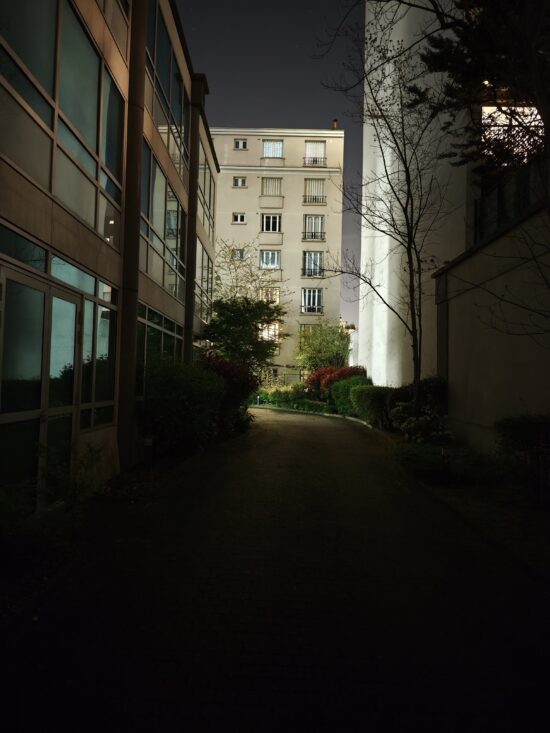
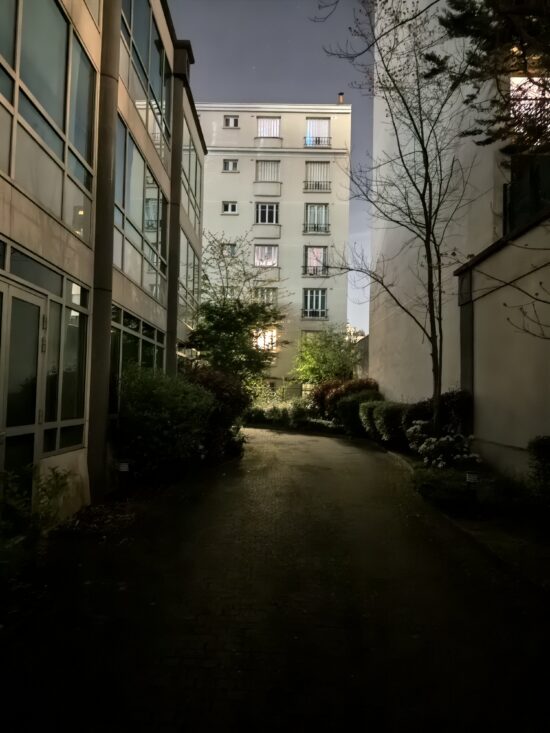
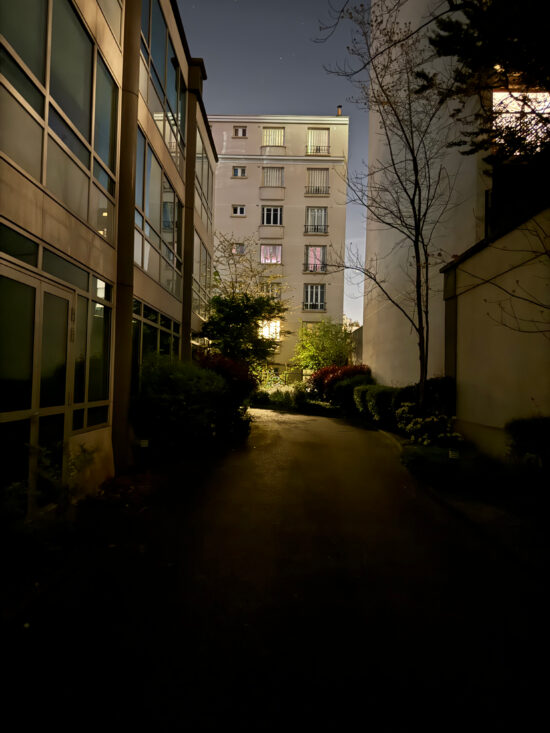






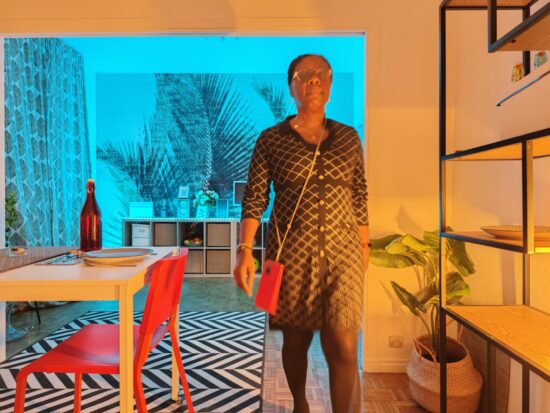
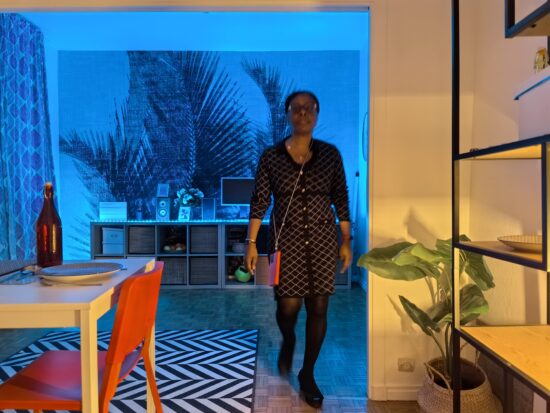
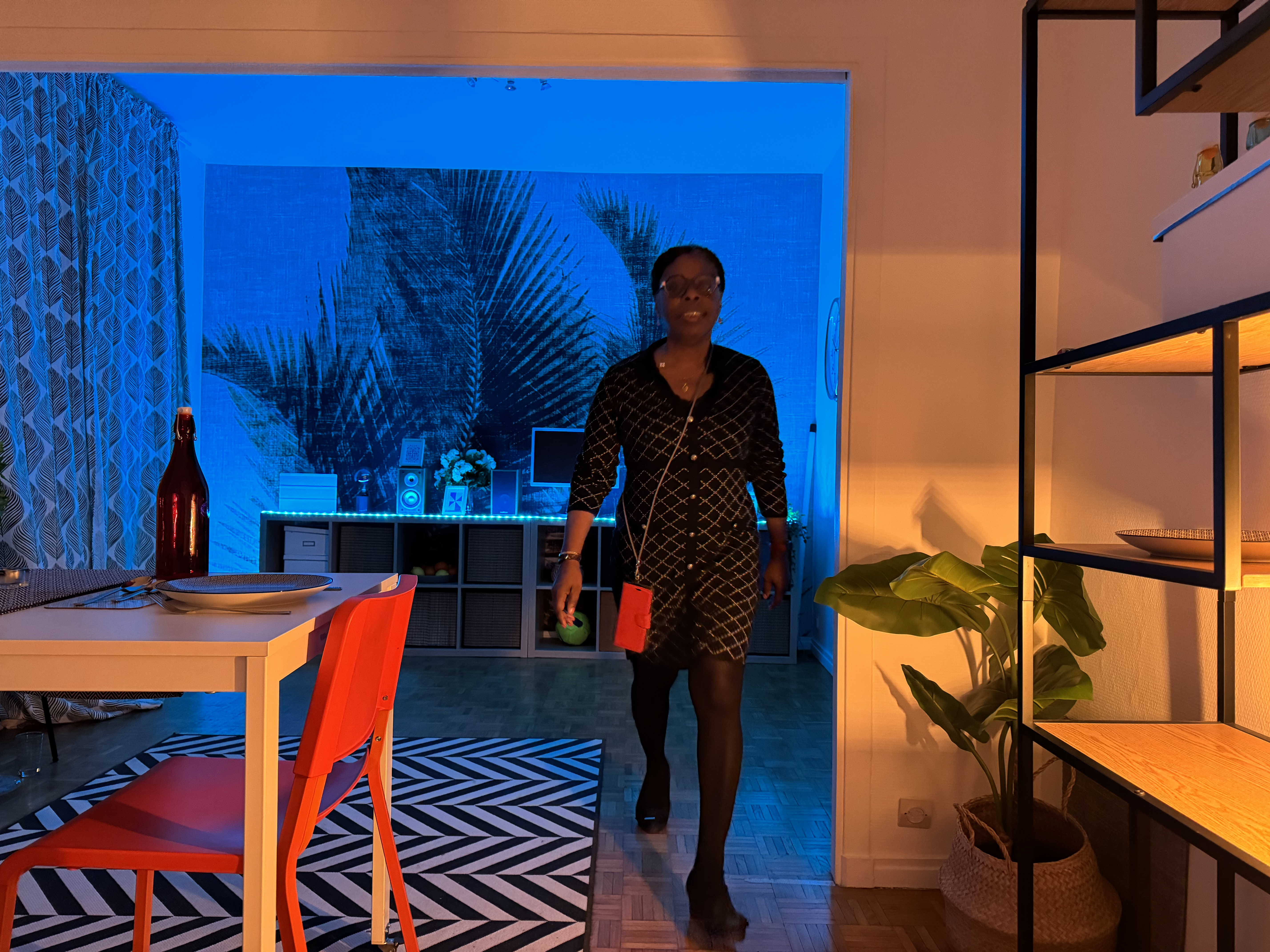


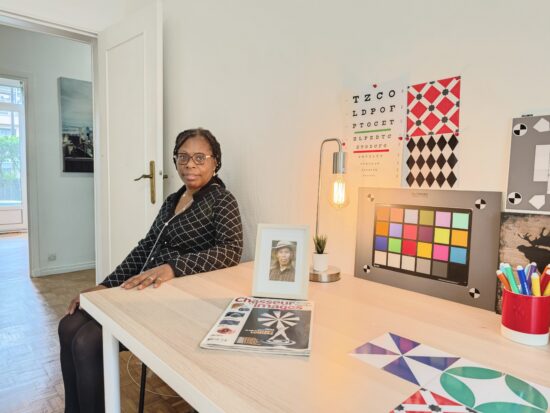
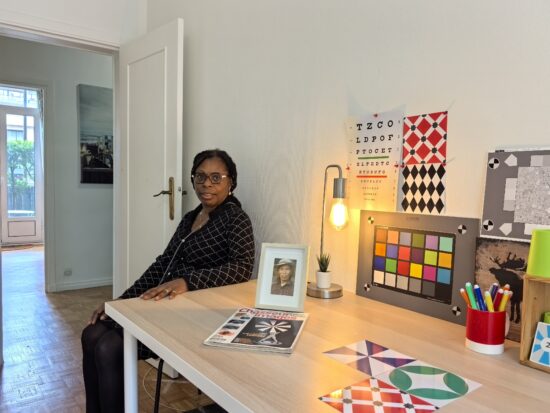
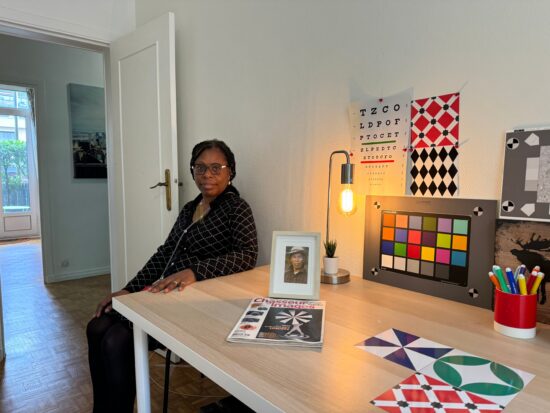






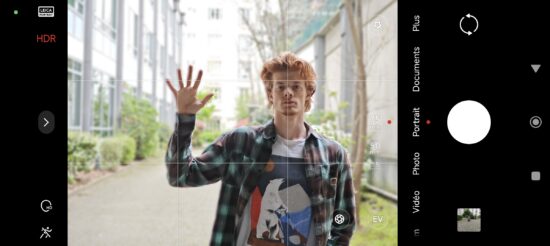
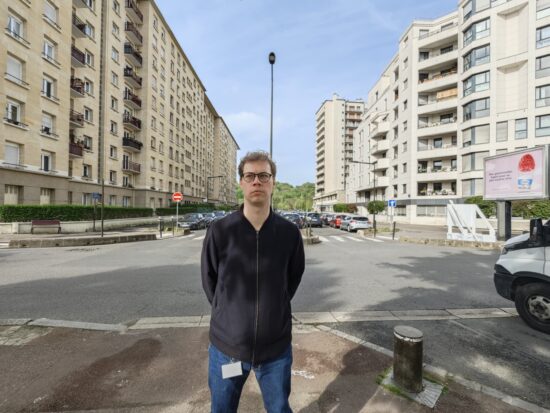
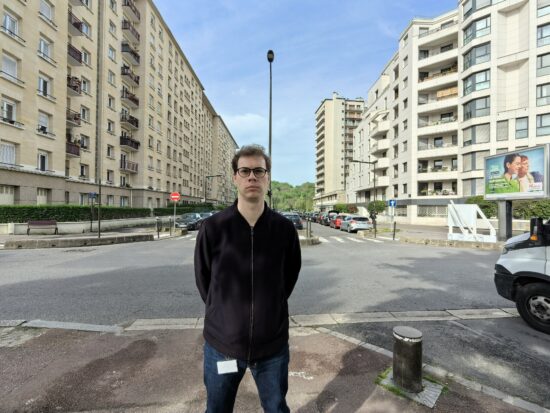
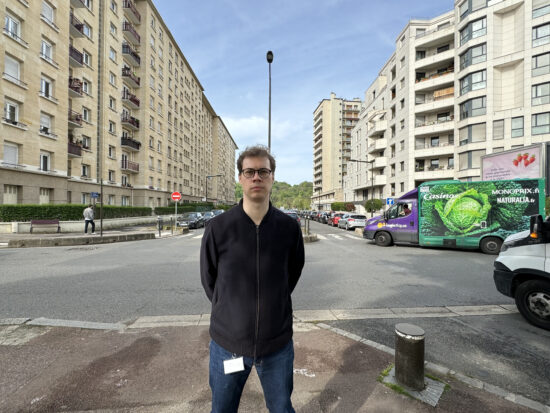








DXOMARK encourages its readers to share comments on the articles. To read or post comments, Disqus cookies are required. Change your Cookies Preferences and read more about our Comment Policy.